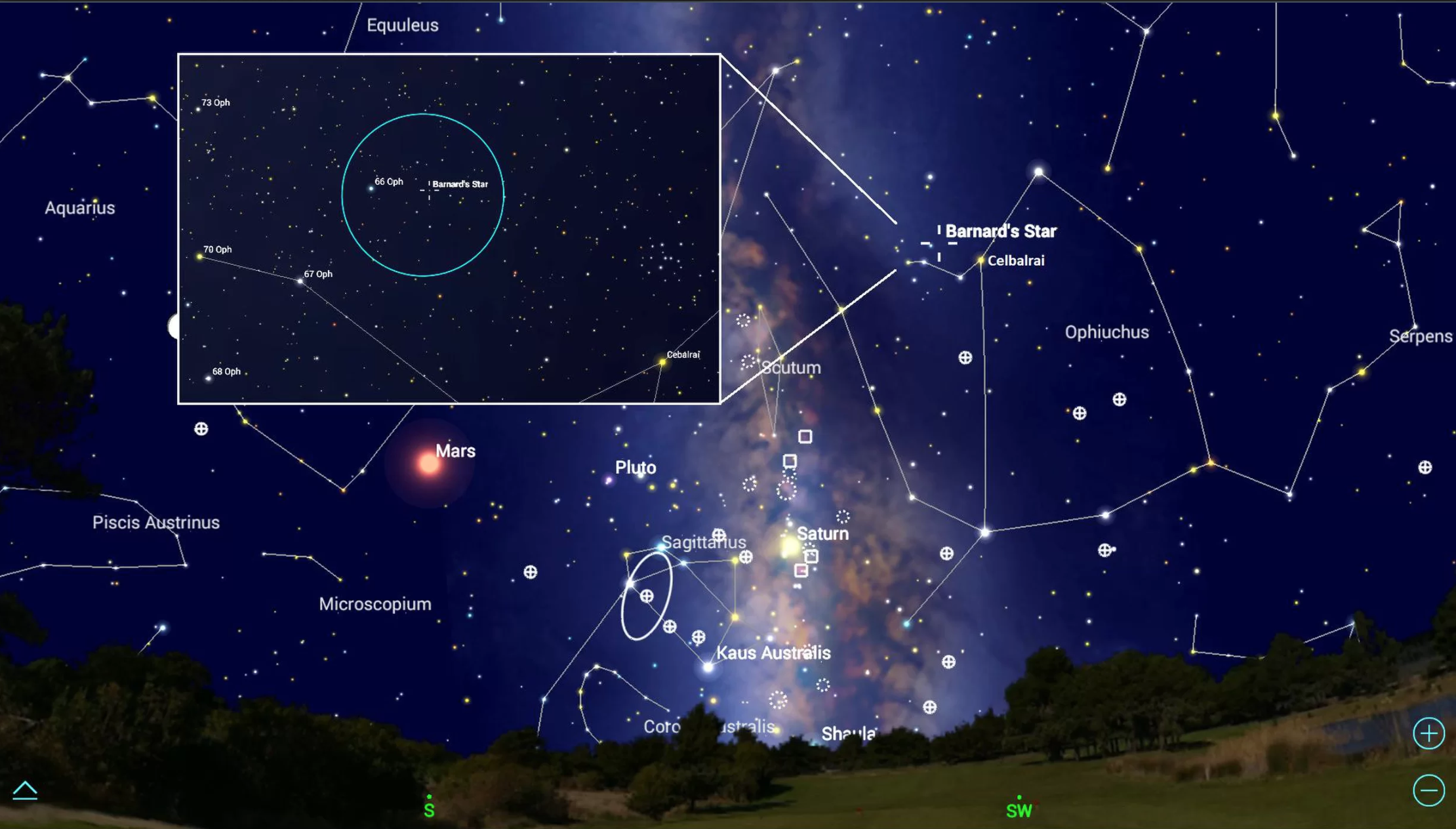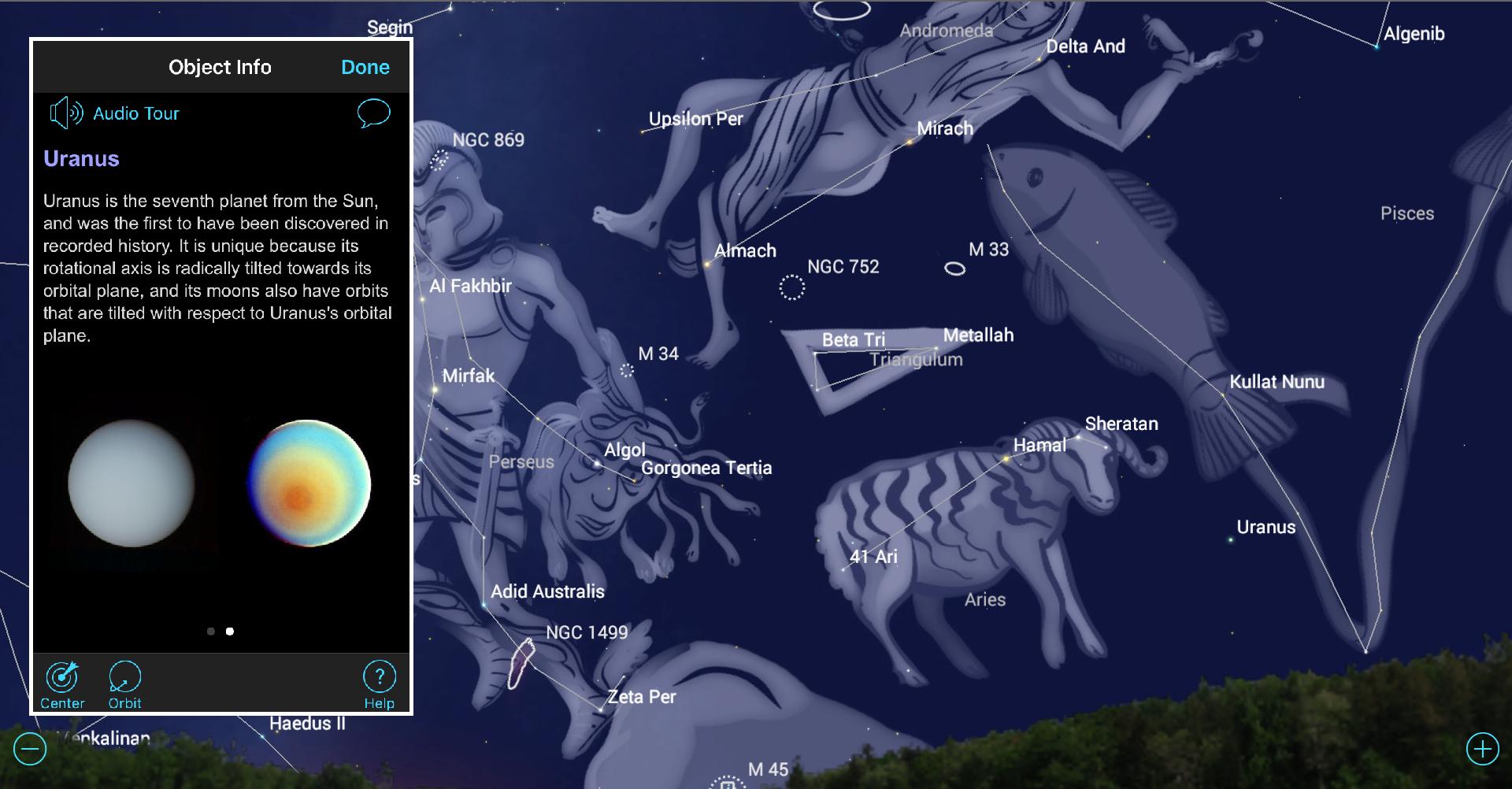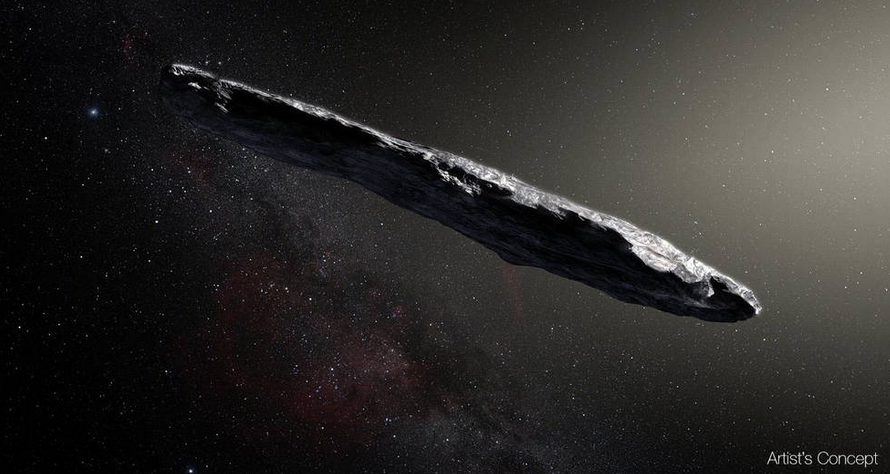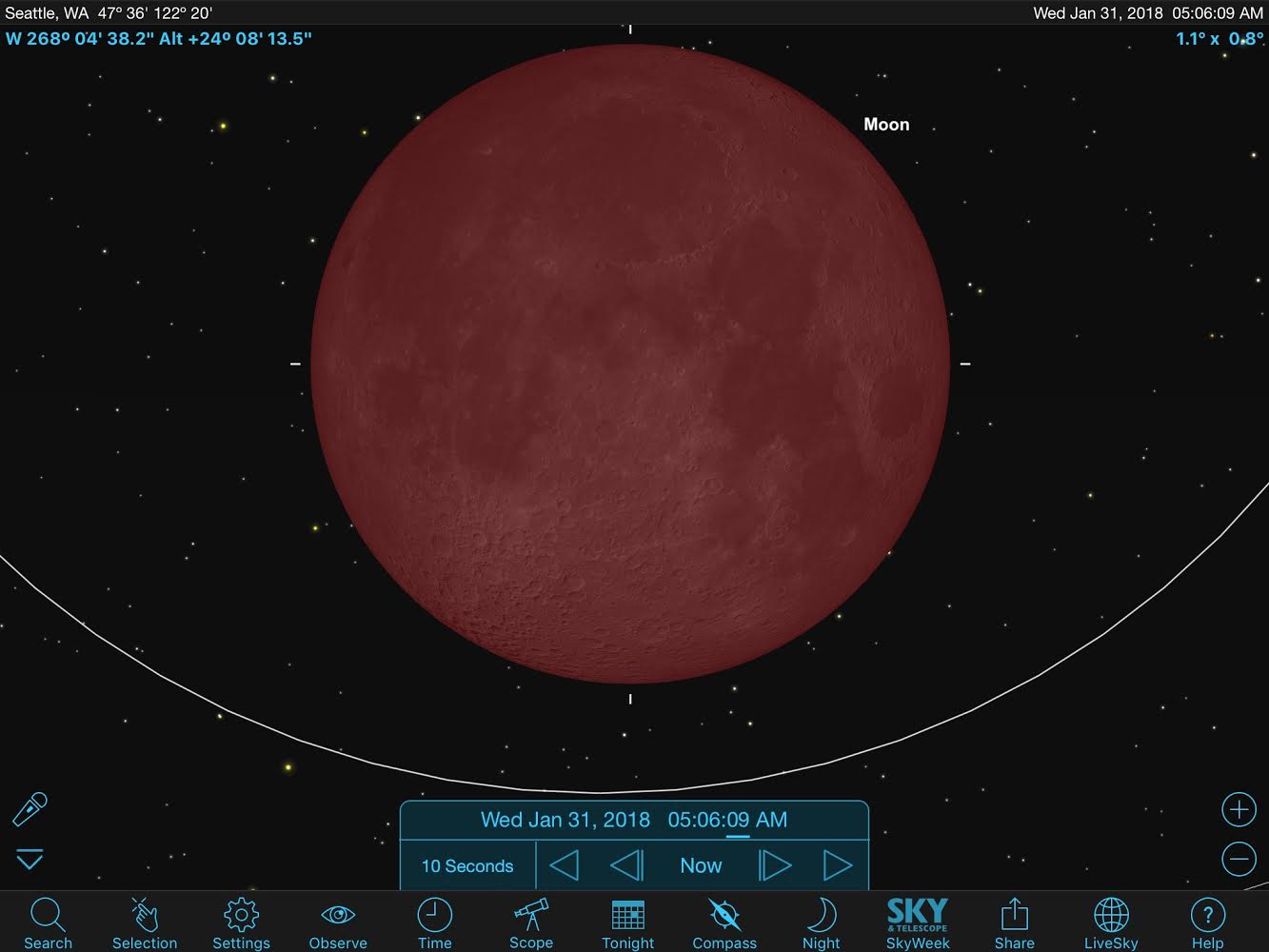Fresh, cutting edge content delivered direct to your inbox as interactive files
for use within SkySafari 6.

Some might assume that the stars' positions in the heavens are eternal. But everything in space is in motion. As our Milky Way rotates, our sun is carried once around the galaxy every 250 million years, slowly drifting up and down through the galaxy's disk, like a horse on a carousel. The stars in the galaxy tug on one another gravitationally, which forces them to shift around. Astronomers know of many clusters of young stars that formed together and are now migrating through the galaxy as a group. And scientists can identify individual cluster members that have been ejected due to gravitational forces exerted by surrounding stars...

Downloading a good astronomy app puts a personal astronomer in your pocket. The latest versions of the SkySafari app for iOS and Android include short audio tours of hundreds of constellations, major stars, planets and deep-sky objects — all geared toward non-experts. And with the app's extensive suite of pronunciation audio clips, you'll know the correct way to say their names....

On October 19, 2017, an astronomer at Haleakala Observatory in Hawaii discovered the first known interstellar object to visit the solar system. Using the powerful Pan-STARRS telescope, Robert Weryk found a small, elongated object roughly 1200' x 100' that was originally thought to be a comet, but was later reclassified as an asteroid.
This visitor has stirred up many areas of intrigue that have had scientists and astronomers racing to learn more as it makes an abrupt exit from our solar system. In fact, by January of 2019, the object that was just discovered near the center of the solar system in October of 2017, will have traveled all the way to Saturn's orbit...

On January 31, 2018, skywatchers in across much of the world will receive a post-holiday gift: the total lunar eclipse of a full supermoon that is also a Blue Moon! Unlike last summer’s Great American Total Solar Eclipse, lunar eclipses are completely safe to look at because the sun is below the horizon. Any sunlight that reaches the eclipsed moon has to pass over the Earth’s horizon, turning the moon reddish with sunset light - hence the nickname “blood moon” for eclipsed moons....